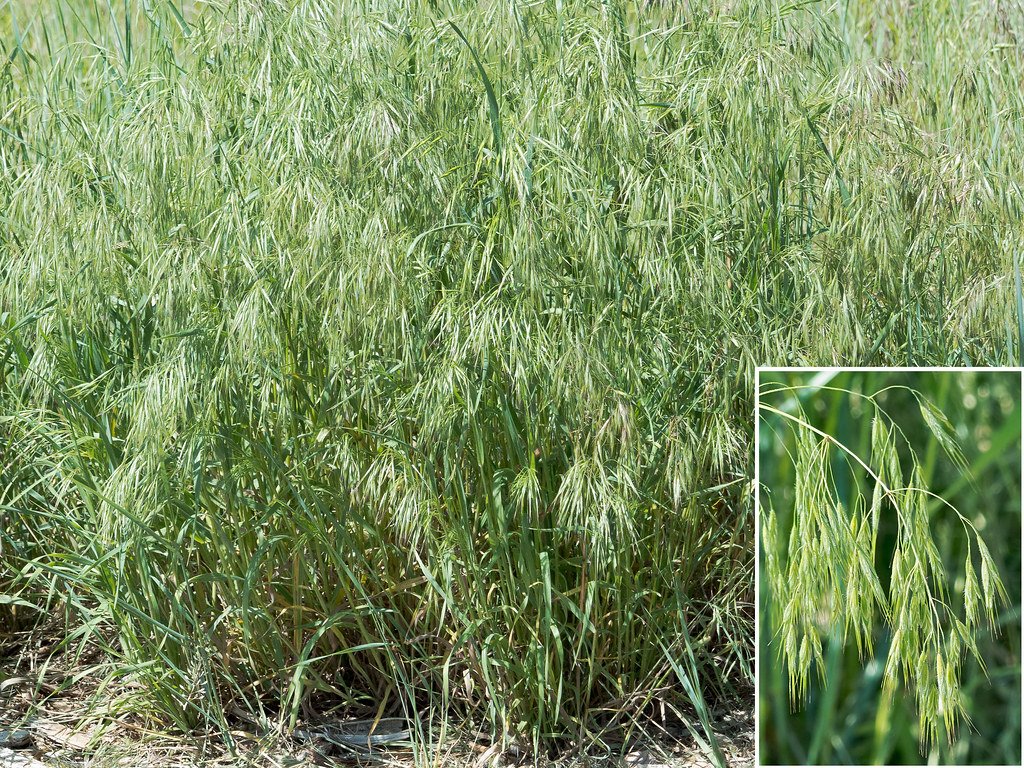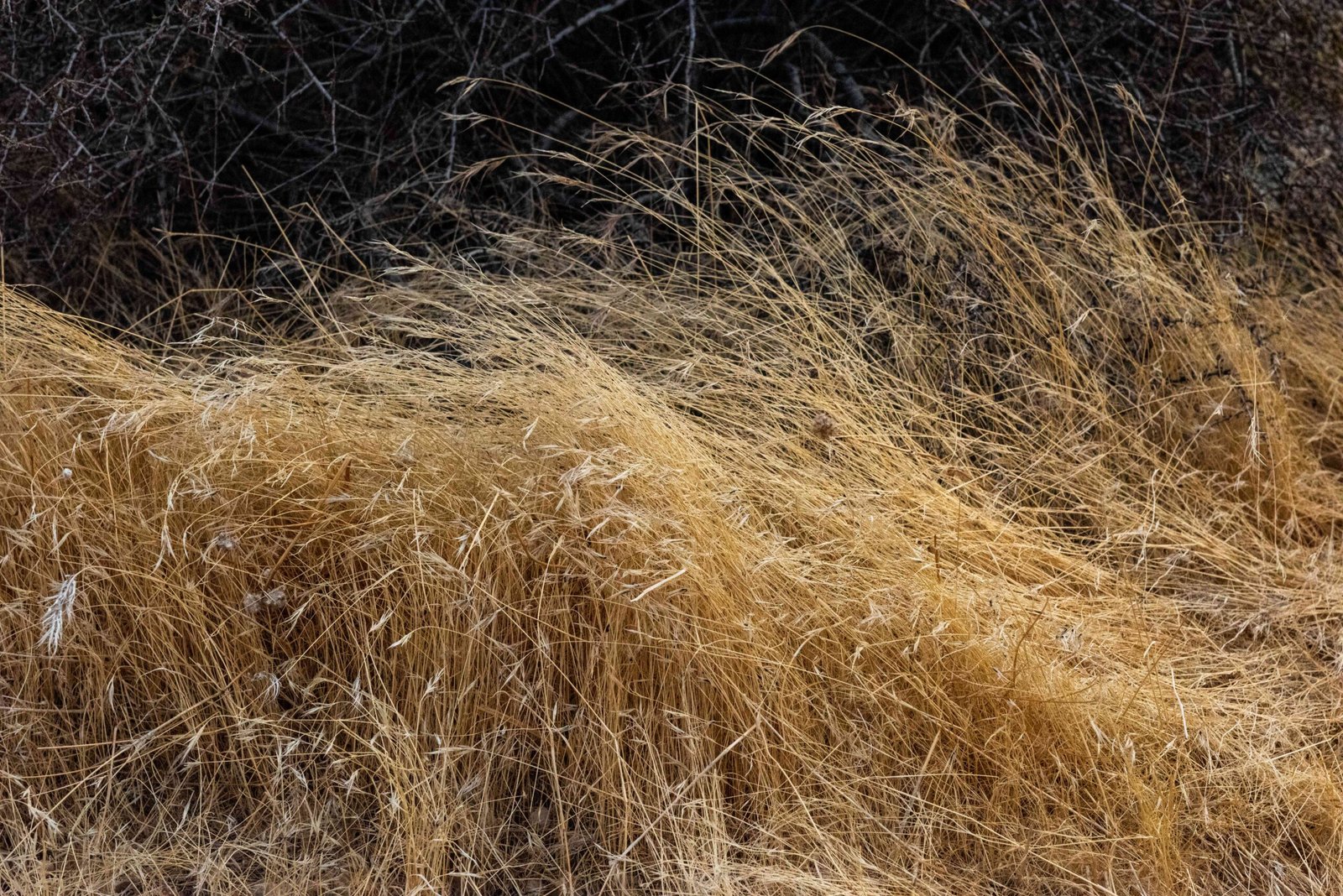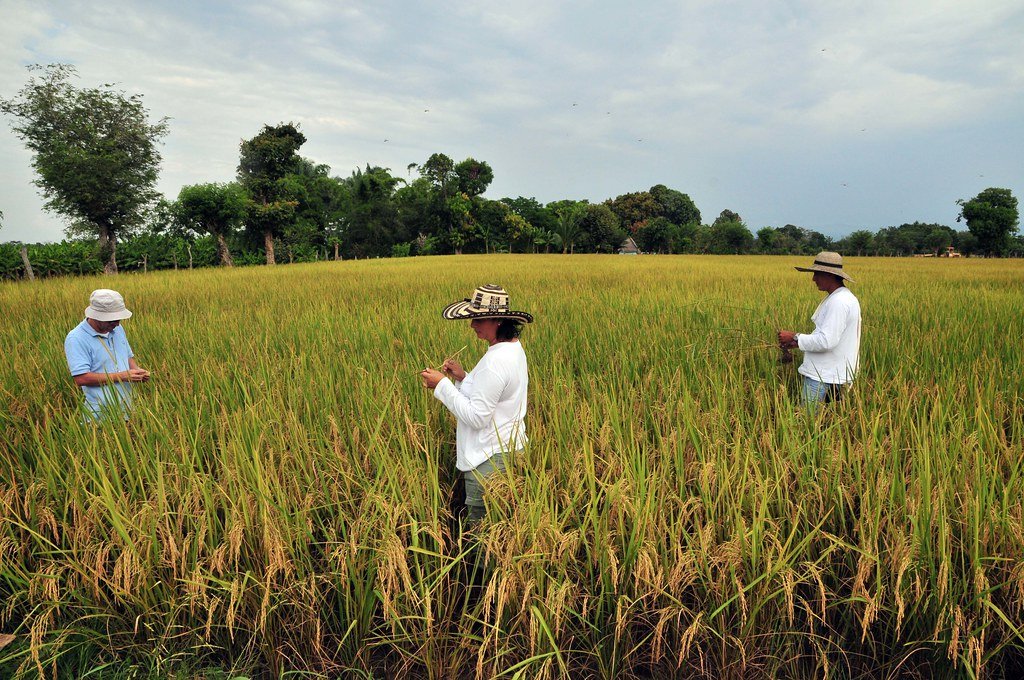The American West has always danced with fire, but in recent years, the flames have grown more ferocious, sweeping across grasslands and mountains with a terrifying hunger. At the heart of this fiery surge is a silent, green invader—cheatgrass. This seemingly harmless plant, with its delicate stalks and feathery seeds, disguises a dangerous secret. Cheatgrass is not just transforming landscapes; it’s changing the very rhythm of nature’s fire cycle, turning once-resilient ecosystems into tinderboxes. As wildfires become more frequent and severe, the role of cheatgrass in fueling these blazes has become a burning question for scientists, land managers, and anyone who loves the wild beauty of the West.
What Is Cheatgrass?

Cheatgrass, known scientifically as Bromus tectorum, is an annual grass originally from Eurasia. It first arrived in North America in the late 1800s, hitching a ride in contaminated grain shipments and on the boots of settlers. Unlike many native grasses, cheatgrass grows quickly in early spring, often outcompeting local plants for sunlight and water. Its slender, drooping heads turn a distinct golden brown by early summer, giving the landscape a deceptively tranquil look. But beneath this beauty lies a lurking threat—cheatgrass matures and dries out long before native plants, leaving vast stretches of highly flammable material just as summer heat intensifies. This early senescence is a key reason why cheatgrass has become such a potent driver of wildfire.
How Cheatgrass Spreads Across the Landscape

Cheatgrass is a master of invasion. Its seeds are tiny, lightweight, and equipped with sharp awns that easily cling to animal fur, clothing, and vehicle tires. After a wildfire or disturbance, cheatgrass is often the first to return, quickly colonizing exposed soil. Its life cycle is short; it germinates with the winter rains, grows rapidly in spring, and sets seed by early summer. A single plant can produce thousands of seeds, ensuring its ongoing dominance. Livestock, hikers, and even wind play a role in dispersing these seeds far and wide. Over time, cheatgrass forms dense carpets that leave little room for native wildflowers and bunchgrasses, altering the structure of entire ecosystems.
The Perfect Fuel for Wildfire

What makes cheatgrass so dangerous in fire-prone areas is its ability to dry out and create a blanket of fine, continuous fuel. Native plants in the West often grow in clumps with bare soil between them, which naturally slows the spread of fire. Cheatgrass, on the other hand, fills in these gaps, creating a nearly unbroken layer of dry material. When a spark—whether from lightning, campfires, or power lines—lands in a cheatgrass field, flames can race across the landscape at alarming speeds. The fires burn hotter and faster than those fueled by native vegetation, often overwhelming firefighters and threatening communities. The cycle becomes self-perpetuating: each fire clears the way for even more cheatgrass, setting the stage for the next blaze.
The Cheatgrass–Fire Feedback Loop

Scientists describe the relationship between cheatgrass and wildfire as a feedback loop—a vicious cycle that is difficult to break. After a fire, cheatgrass quickly establishes itself in the nutrient-rich ash, outpacing slower-growing native plants. The next year, there’s even more cheatgrass to burn, leading to more frequent and severe fires. Over time, this loop can permanently alter the landscape, turning what was once a diverse mosaic of shrubs and grasses into a monoculture of cheatgrass. This shift not only fuels future fires but also reduces habitat for native wildlife, making the ecosystem less resilient to all kinds of stress, from drought to disease.
Impacts on Native Plants and Wildlife

Cheatgrass doesn’t just change fire patterns—it transforms entire ecosystems. Many native plants, such as sagebrush and perennial bunchgrasses, can’t compete with cheatgrass’s rapid growth and prolific seeding. As these natives disappear, so do the animals that depend on them. Sage grouse, for instance, need open, unburned sagebrush habitat for nesting and raising their young. Mule deer and pronghorn rely on a mix of shrubs and grasses for food and cover. As cheatgrass takes over, these species struggle to survive, and biodiversity plummets. The loss of native plants and animals is not just a biological tragedy; it also affects the people who love to hunt, hike, and watch wildlife in these iconic western landscapes.
Cheatgrass and Climate Change: A Dangerous Combination

The threat posed by cheatgrass is magnified by the realities of climate change. Warmer temperatures and more variable precipitation patterns are already making conditions in the West more favorable for cheatgrass. Its seeds can survive in both drought and wet years, giving it an edge over less-adaptable native plants. As climate change extends the fire season and increases the number of days with extreme heat, cheatgrass-fueled fires become even more likely and more intense. This deadly synergy is reshaping western ecosystems at a speed that leaves scientists and land managers scrambling to keep up.
Fire Frequency and Community Risk

Communities at the wildland-urban interface—the places where homes meet wildlands—are especially at risk from cheatgrass-driven fires. Where native vegetation might burn once every few decades, cheatgrass can support fires every two to five years. This relentless pace means less time for recovery, more property at risk, and greater danger for firefighters and residents alike. In places like Nevada and Idaho, entire towns have faced repeated evacuations as flames fueled by cheatgrass threaten homes, schools, and businesses. The psychological toll of living under constant fire threat is as real as the physical danger.
Economic Costs of Cheatgrass and Wildfire

The financial impact of cheatgrass-fueled wildfires is staggering. Fighting these fires costs federal and state agencies billions of dollars each year, draining resources that could be used for prevention or restoration. Ranchers lose grazing land as cheatgrass outcompetes native forage, and repeated fires destroy fences, water infrastructure, and livelihoods. Insurance premiums rise, tourism declines, and local economies suffer. The economic burden ripples far beyond the burned acres, touching every aspect of life in the West.
Human Health and Air Quality

Cheatgrass-fueled wildfires don’t just destroy land—they also pollute the air. Huge plumes of smoke drift for hundreds of miles, blanketing cities in hazardous particles that can trigger asthma attacks, heart problems, and other respiratory illnesses. Hospitals see spikes in emergency room visits during fire season, especially among children and the elderly. The emotional stress of evacuations and loss adds another layer of hardship. For many people, wildfire smoke is an inescapable part of summer, casting a literal and figurative haze over daily life.
Restoring Balance: Fighting Back Against Cheatgrass

Land managers, scientists, and volunteers are fighting back against cheatgrass with a mix of old and new strategies. Controlled burns, targeted grazing, herbicides, and reseeding with native plants are all tools in the battle. Some projects use goats and sheep to eat down cheatgrass before it sets seed, while others experiment with soil treatments to favor native species. Success is hard-won and often slow—cheatgrass is both stubborn and prolific. But in places where restoration efforts have taken root, native plants and animals are returning, and the risk of catastrophic fire is dropping.
Innovative Science and New Solutions

Researchers are racing to develop new ways to outsmart cheatgrass. Some are breeding native grasses that grow faster and can compete more effectively. Others are exploring biological controls, like fungi that infect cheatgrass seeds without harming native plants. Advances in satellite imagery and data analysis are helping land managers target the worst infestations and monitor the effects of different treatments. Collaboration between scientists, ranchers, and local communities is key—no single solution will work everywhere, and lasting success depends on adapting to changing conditions.
The Role of Policy and Public Awareness

Government policies play a huge role in how we manage cheatgrass and wildfire. Funding for fire prevention, land restoration, and research is critical, yet often lags behind the scale of the problem. Regulations on grazing, land use, and invasive species management can help—or hinder—efforts to control cheatgrass. Public awareness is growing, but many people still underestimate the link between invasive plants and wildfire risk. Educating landowners, policymakers, and the broader public is essential if we’re going to break the cheatgrass-fire cycle.
Cheatgrass and Cultural Landscapes

For Indigenous communities and others with deep ties to the land, the spread of cheatgrass is more than an environmental issue—it’s a cultural one. Traditional practices like controlled burning and native plant harvesting are disrupted when invasive grasses take over. Sacred sites, hunting grounds, and gathering places can be lost to fire or overrun by cheatgrass. Restoring native plants and fire regimes isn’t just about ecology—it’s about preserving cultural heritage and identity for future generations.
Personal Stories from the Front Lines

Ask anyone who’s lived through a cheatgrass-fueled wildfire, and you’ll hear stories of fear, resilience, and determination. Ranchers speak of watching flames race across their land, consuming fences and forage in minutes. Firefighters recall the challenge of battling fast-moving grass fires that defy traditional tactics. Homeowners describe the heartbreak of losing everything, and the hope that comes with rebuilding and restoring the land. These personal experiences put a human face on the science, reminding us that the battle against cheatgrass is about people as much as plants.
Lessons from Nature: Resilience and Adaptation

Nature has a way of bouncing back, even from disaster. In places where cheatgrass has been knocked back, native plants are reclaiming their ground, and wildlife is returning. These stories of resilience offer hope and a blueprint for future action. By learning from the land and working with, not against, natural processes, we can begin to heal damaged ecosystems. It’s a reminder that even in the face of daunting challenges, change is possible.
What Can You Do?

Everyone has a role to play in the fight against cheatgrass and wildfire. Homeowners can create defensible space around their properties, removing flammable weeds and planting fire-resistant natives. Hikers and campers can clean their boots and gear to avoid spreading seeds. Supporting local and national conservation efforts—whether through volunteering, donating, or advocating for better policies—can make a real difference. Even simple acts, like learning to recognize cheatgrass or talking to neighbors about fire prevention, add up to stronger, safer communities.
The Future of the Western Landscape

The story of cheatgrass is still unfolding, and its final chapter has yet to be written. The decisions made today—about land management, fire policy, and community resilience—will shape the West for generations to come. Will we find ways to restore balance, protect native ecosystems, and safeguard our communities from fire? Or will cheatgrass continue to spread, fueling ever more destructive blazes? The answer depends on the choices we all make, starting now.



